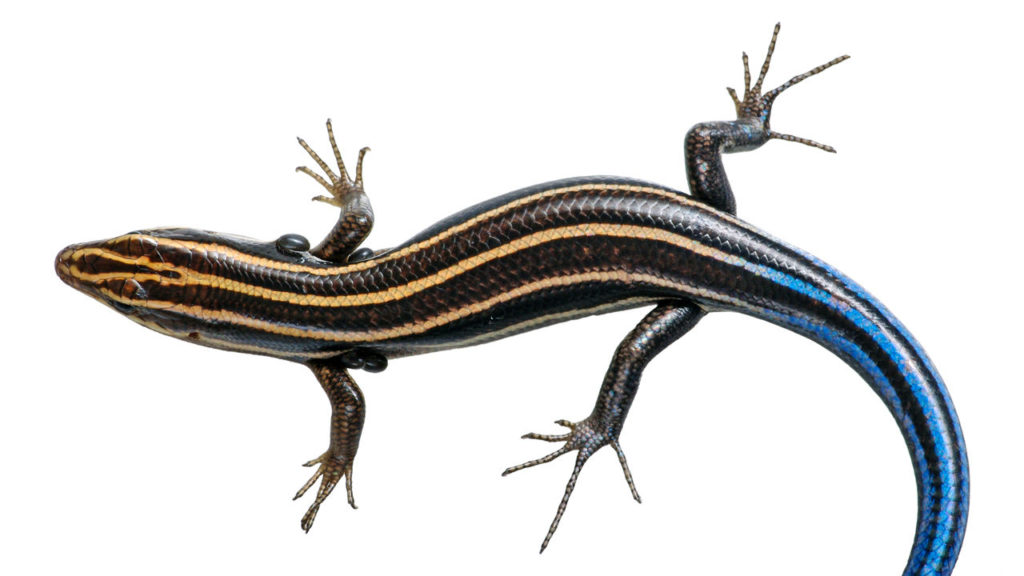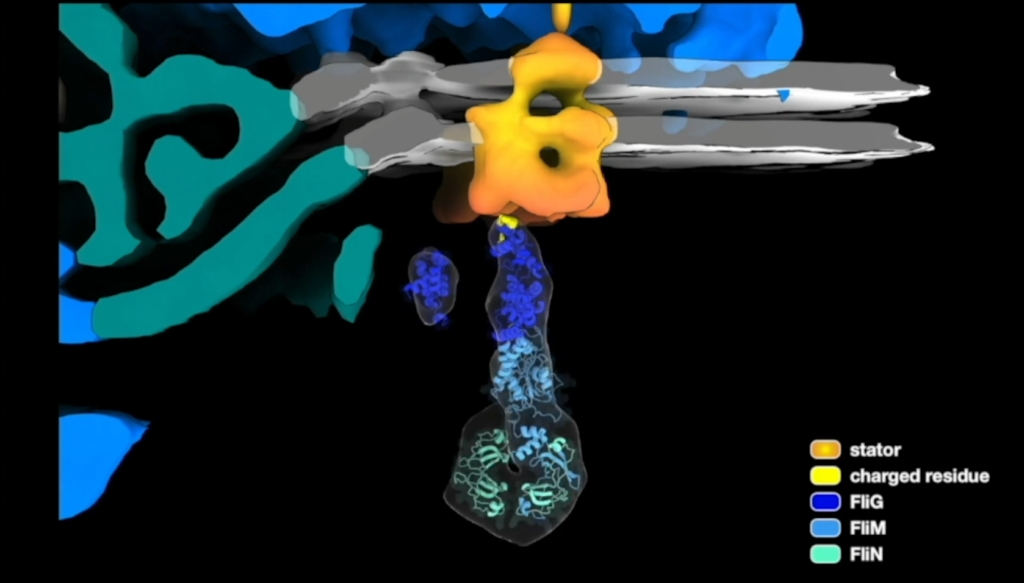Other News

Does B. burgdorferi's ability to interfere with complement affect neutrophil behavior
A central question in Lyme disease pathogenesis is why neutrophils, which are highly efficient killers of B. burgdorferi, are initially attracted to the erythema migrans rash but then disappear over the period of a day. This manuscript by Muldur et al show the role that complement plays in attracting neutrophils.
General Lyme Articles
Protective Effectiveness of Long-Lasting Permethrin Impregnated Clothing Against Tick Bites in an Endemic Lyme Disease Setting: A Randomized Control Trial Among Outdoor Workers
Tick-borne diseases are a growing threat to public health in the United States, especially among outdoor workers who experience high occupational exposure to ticks.
Proteomic as an Exploratory Approach to Develop Vaccines Against Tick-Borne Diseases Using Lyme Borreliosis as a Test Case
Tick-borne diseases affecting humans and animals are on the rise worldwide. Vaccines constitute an effective control measure, but very few are available. We selected Lyme borreliosis, a bacterial infection transmitted by the hard tick Ixodes, to validate a new concept to identify vaccine candidates. This disease is the most common tick-borne disease in the Northern Hemisphere.
Pathogens Manipulating Tick Behavior-Through a Glass, Darkly
Pathogens can manipulate the phenotypic traits of their hosts and vectors, maximizing their own fitness. Among the phenotypic traits that can be modified, manipulating vector behavior represents one of the most fascinating facets. How pathogens infection affects behavioral traits of key insect vectors has been extensively investigated. Major examples include Plasmodium, Leishmania and Trypanosoma spp. manipulating the behavior of mosquitoes, sand flies and kissing bugs, respectively.





